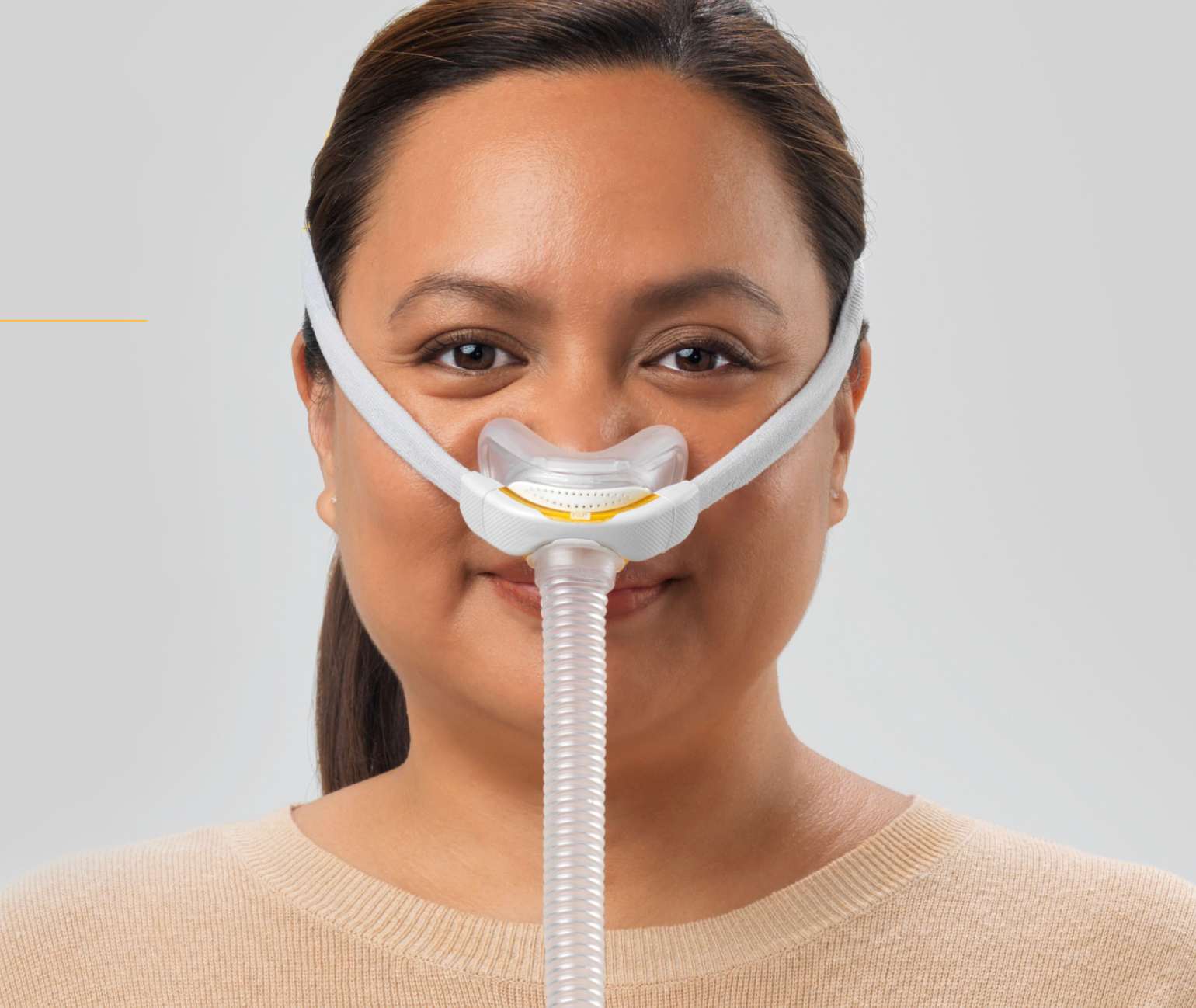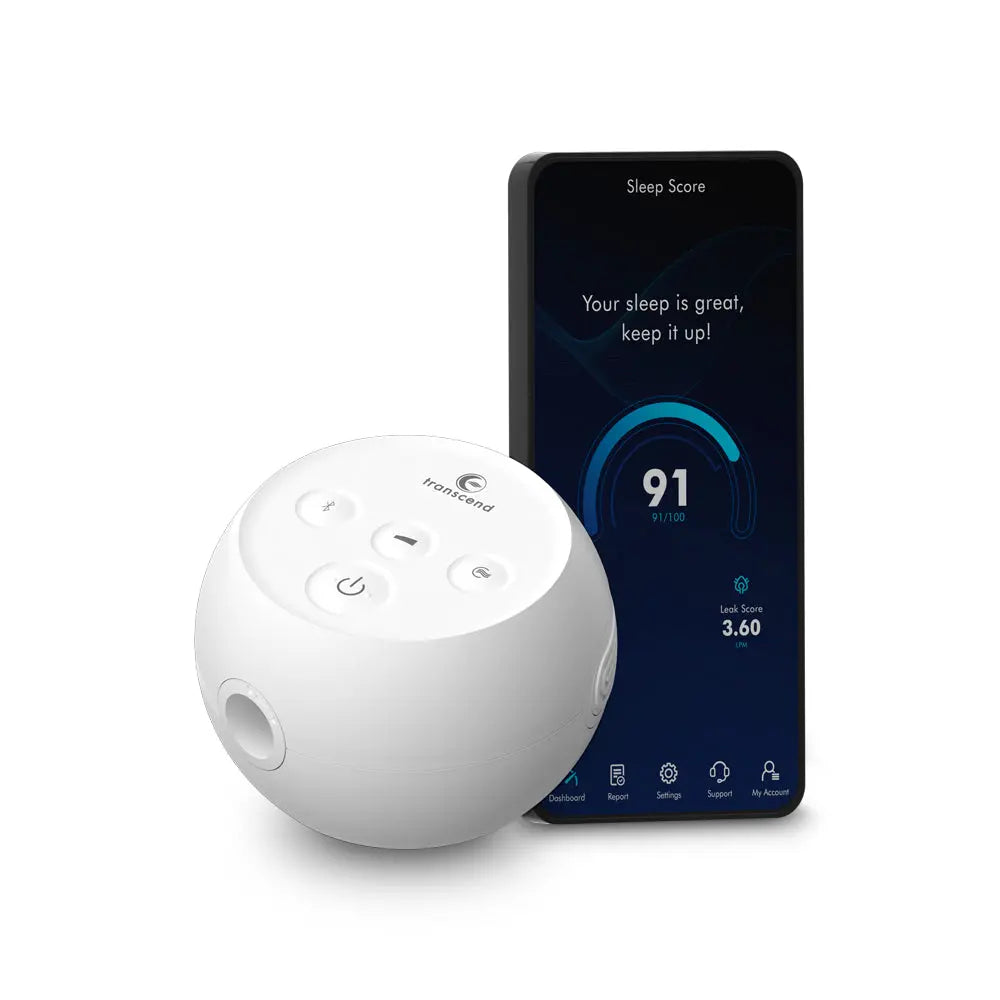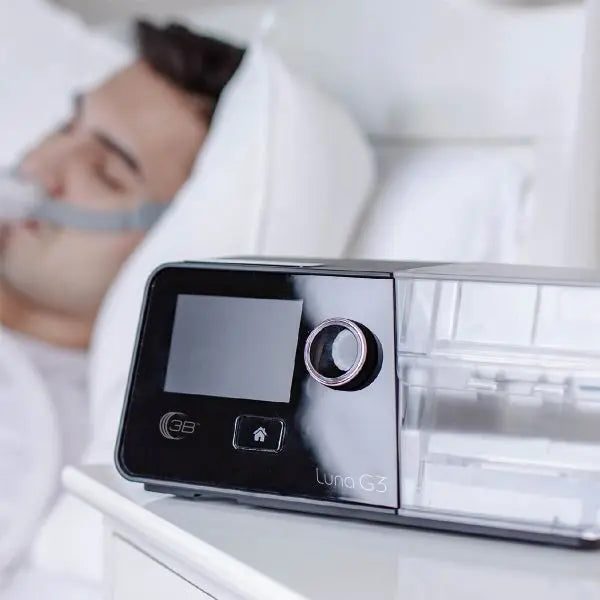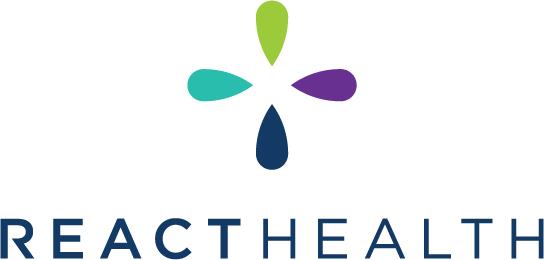A Comprehensive Guide to Sleep Apnea and the Advanced Features of the ResMed AirSense 11 Series
Introduction
Sleep apnea is far more than just snoring or feeling tired. It’s a serious condition that affects millions of individuals around the world, often going undiagnosed and untreated. Untreated sleep apnea can lead to daytime fatigue, cardiovascular issues, and a host of other health complications. Fortunately, modern technology has transformed sleep therapy with devices like the ResMed AirSense 11. Offering modes such as CPAP, Auto (AutoSet), BiLevel, VAuto, and even ASV, the AirSense 11 series stands at the forefront of innovation.
In this comprehensive guide, we’ll explore:
- The different types of sleep apnea and their causes.
- The range of therapy modes (CPAP vs. BiLevel vs. ASV, etc.).
- Key features and benefits of the ResMed AirSense 11 machines.
- Best practices for maximizing comfort and compliance in sleep therapy.
Section 1: Understanding Sleep Apnea
1.1 Obstructive Sleep Apnea (OSA)
- What It Is: OSA is the most common form of sleep apnea. It occurs when the throat muscles intermittently relax and block the airway during sleep.
- Causes: Structural factors like enlarged tonsils, a deviated septum, or excess weight can contribute. Lifestyle factors like alcohol use, smoking, and sleeping on one’s back may also worsen OSA.
- Symptoms: Loud snoring, daytime fatigue, morning headaches, difficulty concentrating, and episodes of gasping during sleep.
1.2 Central Sleep Apnea (CSA)
- What It Is: Less common than OSA, CSA occurs when the brain fails to send proper signals to the muscles that control breathing. There’s no physical airway blockage; instead, the root cause lies in the central nervous system.
- Causes: Neurological conditions (e.g., stroke, severe brainstem damage), certain medications, and high altitudes can contribute. CSA may also be found in patients with heart failure.
- Symptoms: Periods of no effort to breathe, abrupt awakenings with shortness of breath, and disrupted sleep.
1.3 Mixed or Complex Sleep Apnea
- What It Is: A combination of both obstructive and central sleep apnea events. Patients exhibit both physical blockages of the airway and central interruptions in breathing signals.
- Why It’s Important: Proper diagnosis is crucial because therapy might need to address both airway obstructions and neurological components.
Section 2: The Evolution of Sleep Therapy Technologies
Over the past few decades, continuous positive airway pressure (CPAP) machines have been the gold standard for treating OSA. However, advances in device design now allow for more tailored therapy modes that can accommodate complex and changing sleep needs.
2.1 CPAP (Continuous Positive Airway Pressure)
- How It Works: Delivers a fixed, continuous stream of pressurized air to keep the airway open.
- Who It’s For: Primarily for people diagnosed with straightforward OSA who need a constant pressure setting.
2.2 APAP or Auto (AutoSet)
- How It Works: Monitors your breathing throughout the night and automatically adjusts pressure based on the presence (or risk) of apneas, hypopneas, or flow limitations.
- Who It’s For: Ideal for individuals whose pressure needs vary due to factors like body position, sleep stage, or daily fluctuations (e.g., nasal congestion).
2.3 BiLevel or BiPAP (Bi-Level Positive Airway Pressure)
- How It Works: Offers two distinct pressure settings—one for inhalation (IPAP) and a lower one for exhalation (EPAP). This can ease the work of exhaling against high pressure.
- Who It’s For: Generally used by people who struggle to tolerate fixed or auto CPAP pressures, have higher pressure requirements, or have certain respiratory conditions (e.g., COPD).
2.4 VAuto (Variable Auto BiLevel)
- How It Works: Combines the principles of AutoSet with BiLevel therapy. It automatically adjusts inhalation and exhalation pressures to maintain optimal airway patency while accounting for user comfort.
- Who It’s For: People needing the flexibility of auto-adjusting pressure along with the comfort and relief of a BiLevel system.
2.5 ASV (Adaptive Servo-Ventilation)
- How It Works: A sophisticated form of positive airway pressure therapy designed primarily for patients with central sleep apnea or complex sleep apnea. ASV machines continually monitor breathing patterns and deliver pressure support dynamically to stabilize breathing.
- Who It’s For: Individuals diagnosed with central sleep apnea or mixed/complex apnea who need precise, frequent adjustments in airflow support.
Section 3: The ResMed AirSense 11 Series
ResMed’s AirSense 11 platform represents a major leap forward in PAP therapy technology. While ResMed introduced CPAP and AutoSet devices long ago, the AirSense 11 series refines and unifies these capabilities in a sleeker, more user-friendly system.
3.1 Integrated Touchscreen and User Interface
- Streamlined Navigation: The AirSense 11 features an intuitive color touchscreen that guides new users through setup and offers simple menu navigation.
- On-Screen Assistance: Step-by-step guidance for fitting your mask and starting therapy.
3.2 Simplified Design and Connectivity
- Smart Connectivity: Built-in wireless connectivity (cellular or Wi-Fi, depending on model availability) provides remote monitoring and troubleshooting by healthcare providers.
- SmartStart/Stop: Automatically begins therapy when you breathe into the mask and stops shortly after mask removal.
3.3 Therapy Modes and Algorithms
- CPAP Mode: Fixed pressure setting for classic therapy.
- AutoSet Mode: Automatically adjusts pressure throughout the night to adapt to changes in your breathing.
- Pressure Relief Features: EPR (Expiratory Pressure Relief) lowers the pressure slightly at the beginning of exhalation to increase comfort.
- BiLevel/VAuto (in relevant models or the AirCurve platform): Offers distinct inspiratory/expiratory pressures, useful for patients needing more specialized pressure control.
- ASV (Adaptive Servo-Ventilation): For patients with central or complex sleep apnea, providing dynamic pressure support.
3.4 Humidification and Comfort
- Built-In Heated Humidifier: Ensures optimal humidity levels to reduce dryness in the nose, mouth, and throat.
- Climate Control: Automatically adjusts humidity and tube temperature (if a heated tube is used) to prevent rainout (condensation in the tube).
3.5 myAir App Integration
- Monitoring and Motivation: The myAir app syncs data from your AirSense 11, giving you nightly sleep scores, usage hours, mask fit data, and more.
- Coaching and Tips: Personalized suggestions and videos help troubleshoot mask issues and optimize comfort.
Section 4: Choosing the Right Mode and Device
Selecting the correct therapy mode should always be guided by a sleep specialist or respiratory therapist. Here are a few factors to consider:
-
Apnea Type:
- OSA is often well-managed with CPAP or Auto (APAP) therapy.
- CSA or Complex Apnea may require ASV.
-
Pressure Requirements:
- If your prescribed pressure is very high, a BiLevel/VAuto device may help with exhalation comfort.
-
Lifestyle Factors:
- Significant weight loss or gain, nasal congestion, and other factors may prompt switching from a fixed pressure to an auto-adjusting mode.
-
Comfort and Compliance:
- If you struggle to adapt to standard CPAP pressure, advanced modes with pressure relief or bilevel support can make a difference in therapy adherence.
Section 5: Best Practices for Therapy Success
- Use the Device Every Night: Consistency is key. Even missing a single night can derail progress.
- Mask Fit and Care: Ensure your mask is snug but not too tight, and clean it regularly. Poor mask fit leads to leaks and reduced therapy effectiveness.
- Regular Filter Changes: Replace or clean your air filter as recommended to maintain optimum air quality.
- Follow-Up Appointments: Keep regular appointments with your sleep specialist to adjust therapy settings if needed.
- Monitor Progress via Apps: Apps like myAir help you track daily progress and troubleshoot minor issues before they become major setbacks.
Conclusion
Sleep apnea is a multi-faceted condition that requires accurate diagnosis and carefully tailored therapy. Thanks to modern PAP therapy devices—like the ResMed AirSense 11 series—patients have more options than ever. Whether you need a simple CPAP mode for OSA or require advanced technology like ASV for central or complex apnea, there’s a solution that can help you breathe easier and sleep better.
With the correct setup and ongoing support, you can manage your sleep apnea effectively, experience more restful nights, and enjoy improved overall health and energy levels.
Bibliography
- American Academy of Sleep Medicine. (2021). The AASM Manual for the Scoring of Sleep and Associated Events: Rules, Terminology and Technical Specifications (Version 2.6). American Academy of Sleep Medicine.
- National Heart, Lung, and Blood Institute. (2022). What Is Sleep Apnea? Retrieved from https://www.nhlbi.nih.gov/health/sleep-apnea
- Mayo Clinic. (2023). Sleep Apnea. Retrieved from https://www.mayoclinic.org/diseases-conditions/sleep-apnea/symptoms-causes/syc-20377631
- ResMed. (2022). AirSense 11 User Guide. Retrieved from https://www.resmed.com
- Johns Hopkins Medicine. (2021). Obstructive Sleep Apnea (OSA). Retrieved from https://www.hopkinsmedicine.org
- Collop, N. A. (2016). Sleep Apnea: Pathogenesis, Diagnosis and Treatment. Springer.








Leave a comment
This site is protected by hCaptcha and the hCaptcha Privacy Policy and Terms of Service apply.